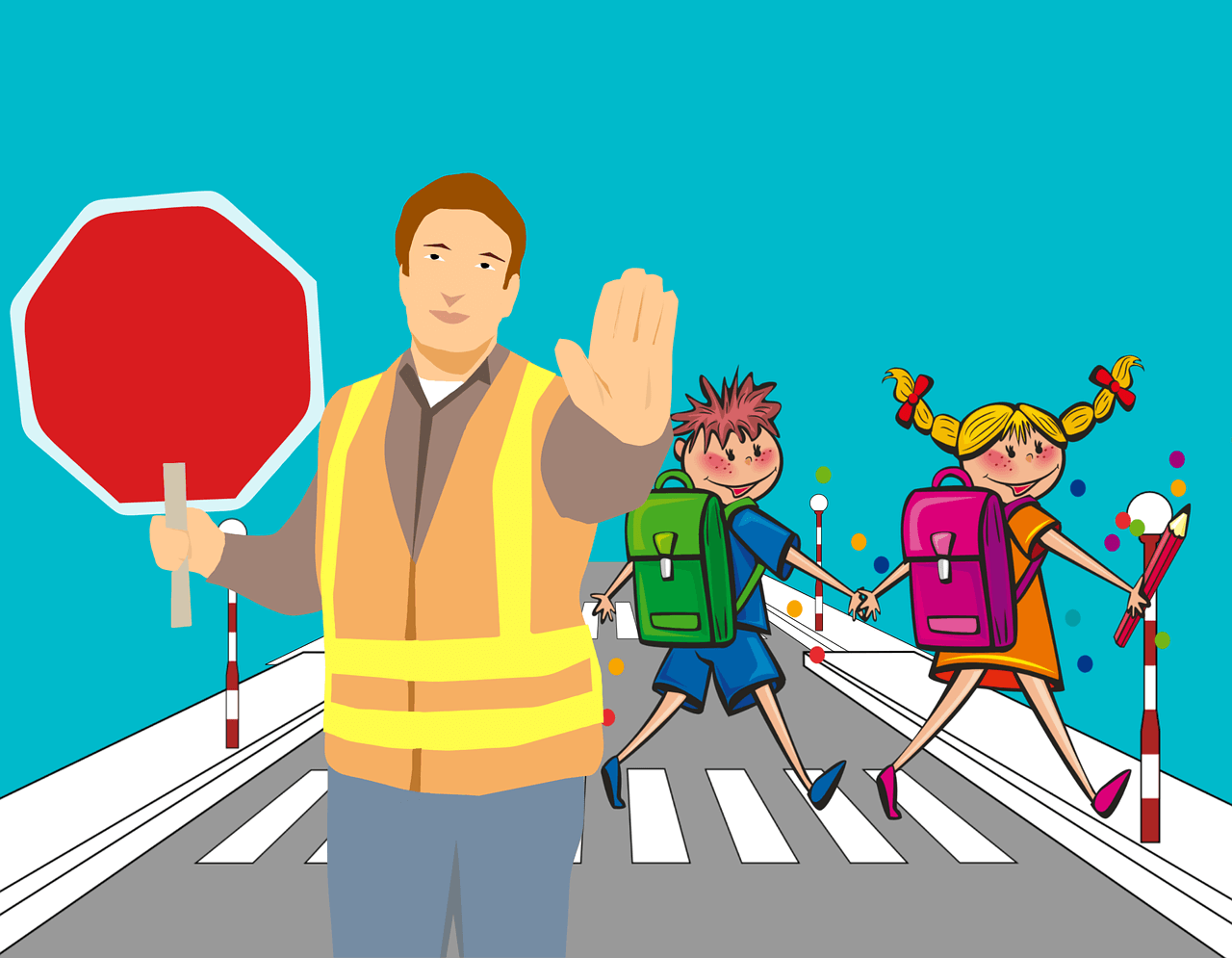Let’s be real—roads aren’t getting any less chaotic. But 2025? That year’s bringing the heat when it comes to traffic safety solutions. With smart cities booming and digital tech evolving faster than ever, we’re about to see some serious upgrades on how we keep roads safe.
Why 2025 is a Turning Point
With connected vehicles, advanced AI, and public infrastructure getting smarter, 2025 is shaping up to be a milestone year. Cities worldwide are finally investing in smarter, safer roads, moving beyond old-school signs and cameras.
The Rise of Smart Cities and IoT Integration
Think of cities as giant computers. With IoT (Internet of Things), every stoplight, car, and crosswalk can talk to each other. This isn’t sci-fi—it’s already happening. These smart ecosystems are the backbone of the next-gen traffic safety solutions.
What Are Digital Traffic Safety Solutions?
Defining the Concept
Digital traffic safety solutions are tech-driven methods designed to prevent accidents, reduce traffic-related injuries, and keep cities running smoothly. They mix AI, IoT, cloud computing, and real-time data to make smart decisions on the fly.
Importance in Today’s Urban Infrastructure
With millions on the road daily, it’s critical to use smarter systems that adapt in real time, reduce human error, and optimize traffic flow without relying on outdated tools.
Key Benefits of Implementing Traffic Safety Solutions
Reducing Accidents and Fatalities
Tech doesn’t get distracted or drive under the influence. These solutions monitor and adjust to risky conditions instantly, preventing collisions before they happen.
Improving Traffic Flow and Reducing Congestion
Nobody likes being stuck in traffic. Digital systems help streamline movement and even reroute traffic based on current conditions.
Enhancing Emergency Response Times
Smart tech clears the way for emergency vehicles, cutting down on response times and potentially saving lives.
Top 5 Digital Traffic Safety Solutions in 2025
1. AI-Powered Traffic Management Systems
Imagine a brain controlling city traffic—an AI that learns and adapts. These systems monitor traffic patterns 24/7 and adjust lights, lanes, and warnings in real time.
Real-Time Analytics and Automated Adjustments
They collect and crunch massive data sets to improve flow and avoid bottlenecks, especially during peak hours or emergencies.
2. Smart Traffic Lights with Sensor Technology
These lights use sensors and cameras to detect approaching vehicles, pedestrians, and even cyclists.
Adaptive Signal Control Systems
No more fixed-timer lights. These adjust automatically based on real-time demand, keeping intersections safer and traffic moving smoother.

3. Vehicle-to-Everything (V2X) Communication
V2X tech allows vehicles to talk to traffic lights, signs, and even each other.
Seamless Data Sharing Between Vehicles and Infrastructure
Think of it like a conversation between your car and the city, helping avoid collisions and traffic jams.
4. Predictive Crash Analytics Platforms
Using AI and big data, these platforms analyze traffic, weather, and driver behavior to predict where and when accidents are likely to occur.
Using Big Data for Risk Assessment
This allows city planners to focus on high-risk areas and take preventive action before disaster strikes.
5. Autonomous Road Surveillance Drones
Yes, drones. These aerial watchdogs monitor traffic in real-time, provide footage of incidents, and support enforcement.
Aerial Monitoring and Law Enforcement Support
They’re eyes in the sky that help spot violations, congestion, or dangerous driving behavior without delay.
Challenges in Adopting Digital Traffic Safety Solutions
Infrastructure Costs and Integration Hurdles
Upgrading cities isn’t cheap. It takes serious investment and time to overhaul legacy systems.
Data Privacy and Cybersecurity Risks
With all that data flying around, keeping it secure is a top priority. Cybersecurity becomes just as important as safety on the streets.
Need for Policy and Regulation Alignment
Tech moves fast, but laws? Not so much. Governments need to catch up to allow smoother adoption of these innovations.
Global Trends in Traffic Safety Technology
How Different Countries Are Leading the Way
From Singapore to Stockholm, forward-thinking cities are proving the success of these solutions with improved safety records.
Collaboration Between Governments and Tech Giants
Public-private partnerships are driving innovation, merging resources to create smarter, safer roads.
Future Outlook: What’s Next After 2025?
The Evolution Toward Fully Autonomous Transport Systems
Self-driving cars and smart roads are no longer futuristic—they’re the next logical step in traffic safety.
Integration with Sustainable Mobility Solutions
Expect to see synergy with electric vehicles, shared mobility platforms, and carbon-neutral transit options.
Conclusion
There’s no question—traffic safety solutions in 2025 are changing the game. From smart lights to AI-powered systems, we’re entering a new era of safer, more efficient, and tech-savvy roads. These aren’t just cool gadgets—they’re lifesavers. As cities adapt and technology advances, the roads of tomorrow are set to be smarter, safer, and more connected than ever before.



